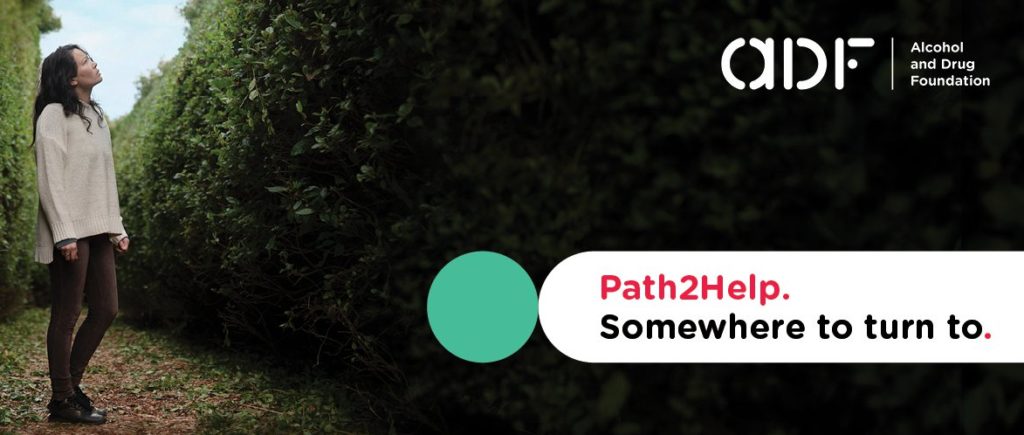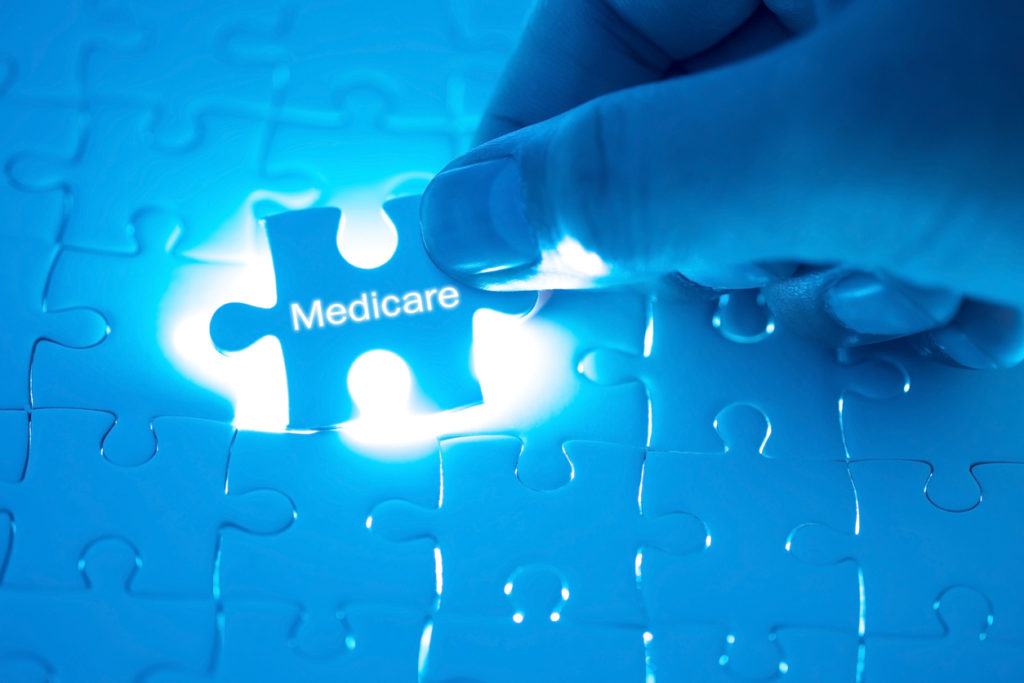Electroconvulsive Therapy (ECT) remains essential to contemporary psychiatric practice and is one of the safest and most effective treatments available for depression. Despite modern advances in pharmacotherapy, about 15-20 per cent of all hospitalised patients receive treatment with ECT. Its use, however, is limited by concerns over associated cognitive side effects.Recent research has suggested that using an ultrabrief pulsewidth with ECT may greatly reduce cognitive side effects, while maintaining efficacy (Sackeim et al 2008). Preliminary results were positive for unilateral ECT, however, suggest that for bilateral ECT, dosing may need to be adjusted to preserve efficacy while reducing side effects. This study will examine the relative cognitive side effects and efficacy of right unilateral and bilateral ECT given with a standard pulsewidth or an ultrabrief pulsewidth.
Official Title
A Controlled Study of Ultrabrief Pulsewidth ECT (Electroconvulsive Therapy)
Conditions
- Major depressive disorder
Study Type
Interventional
Study Design
Treatment, Randomised, Double Blind (Subject, Outcomes Assessor), Parallel Assignment, Safety/Efficacy Study
Further Details
Primary outcome measures
- Memory Tests
[ Time Frame: Before ECT, after 6 ECT treatments, at the end of the ECT course, one month and six month follow-up ]
[ Designated as safety issue: No ]
Secondary outcome measures
- Depression Rating Scale
[ Time Frame: Before ECT, after each week of treatment, at the end of the ECT course ]
[ Designated as safety issue: No ]
Study arms and assigned interventions
- Bilateral-ultrabrief ECT:
- Experimental: Patients will be treated with an ultrabrief (0.3ms) pulse with a bilateral placement at 3-4 times seizure threshold.
- Procedure: Bilateral ultrabrief ECT Bilateral ECT at 3-4 times seizure threshold with an ultrabrief pulse (0.3ms).
- Bilateral standard ECT:
- Active comparator: Patients will be treated with a standard (1.0ms) pulse with a bilateral placement at 1.5 times seizure threshold.
- Procedure: Bilateral standard ECT Bilateral ECT with at 1.5 times seizure threshold with a standard pulse (1.0ms).
- Right-unilateral ultrabrief ECT:
- Experimental: Patients will be treated with an ultrabrief (0.3ms) pulse with a right unilateral placement at 8 times seizure threshold.
- Procedure: Right-unilateral ultrabrief ECT Right-unilateral ECT at 6 times seizure threshold with an ultrabrief pulse (0.3ms).
- Right-unilateral standard ECT:
- Active comparator: Patients will be treated with a standard (1.0ms) pulse with a right unilateral placement at 5 times seizure threshold.
- Procedure: Right-unilateral standard ECT Right-unilateral ECT with at 5 times seizure threshold with a standard pulse (1.0ms).
Study Start
January 2009 – December 2013
Eligibility & Criteria
- Ages eligible for study: 18 years and older
- Genders eligible for study: Both
- Accepts healthy volunteers: No
Inclusion criteria
- Subjects meet criteria for a DSM-IV-TR Major Depressive Episode;
- Total MADRS score ≥ 25;
- Age ≥ 18 years;
- Educated or working in an English medium setting.
Exclusion criteria
- Diagnosis (as defined by DSM-IV-TR) of any psychotic disorder (lifetime with exception of Major Depressive Episode with psychotic features); rapid cycling bipolar disorder, eating disorder (current or within the past year); obsessive compulsive disorder (lifetime); post-traumatic stress disorder (current or within the past year);
- History of drug or alcohol abuse or dependence (as per DSM-IV-TR) in the last 6 months (except nicotine and caffeine);
- ECT in last 3 months;
- Subject requires an urgent clinical response due to inanition, psychosis or high suicide risk;
- Unable to give informed consent;
- Score < 24 on Mini Mental State Examination.
Total Enrolment
180
Contact Details
Colleen K Loo, MBBS FRANZCP MD
612 9113 3794
colleen.loo@unsw.edu.au
All content and media on the HealthEngine Blog is created and published online for informational purposes only. It is not intended to be a substitute for professional medical advice and should not be relied on as health or personal advice. Always seek the guidance of your doctor or other qualified health professional with any questions you may have regarding your health or a medical condition. Never disregard the advice of a medical professional, or delay in seeking it because of something you have read on this Website. If you think you may have a medical emergency, call your doctor, go to the nearest hospital emergency department, or call the emergency services immediately.







